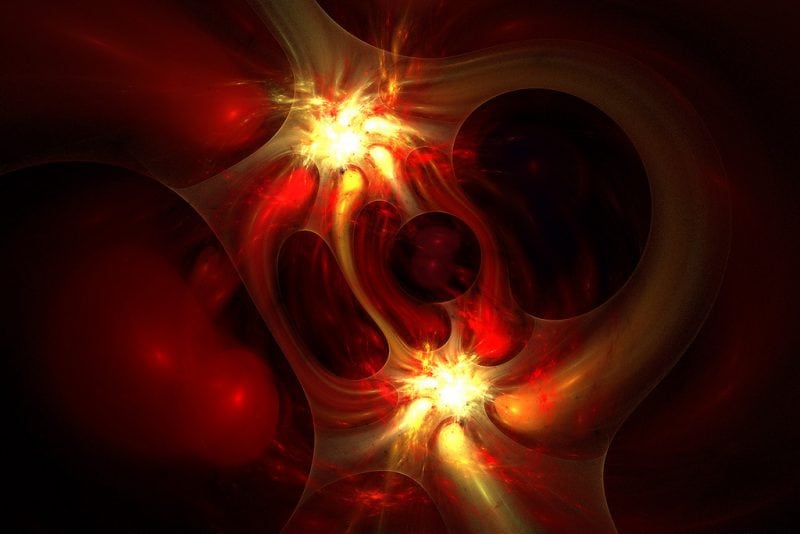
The importance of the gaseous transmitter nitric oxide (NO) was definitely recognized by the 1998 Nobel Prize for Medicine/Physiology. Depending on its concentration, NO controls vessel tone and blood fluidity, oxidative stress, inflammation and body defenses, and growth or death of different types of cells, including cancer cells. Due to its wide range of properties, researchers have been encouraged to develop NO donors that can deliver NO to biological targets to accomplish the desired responses and avoid relevant side effects.
It is now clear that several gaseous transmitters exist, and this class of mediators also includes carbon monoxide (CO) and hydrogen sulfide (H2S), all of them implicated in a wide variety of physiological processes, including blood pressure control, neurotransmission, immune response, and cell death. In the last ten years, the role of H2S emerged as a cytoprotective signaling molecule that acts in concert with NO and CO to maintain physiological homeostasis in the heart and circulatory system.
Crosstalk between NO and H2S has been described at many points, ranging from their biosynthesis to the signaling cascade in the cell target.
The present study is the first to show that NO donors can function through endogenous activation of NO and H2S pathways. Grounding on the study of the vascular effect of a novel zinc-based compound (Zn(PipNONO)Cl), belonging to the metal-nonoate family; we assessed the role and interplay between endogenous NO and H2S promoted by the nonoate.
A critical feature of NO donors is a very rapid kinetic release of NO. The family of metal nonoates is based on NO donors that decompose spontaneously in solution and generate NO with typical kinetics. In this study was described a new member of this family, characterized by the substitution of the nickel-based metal core with zinc, as it is an endogenous metal, less toxic than nickel. The two compounds show very similar NO-releasing properties and have comparing protective effects on vascular wall cells, potentially useful in disorders based on endothelial dysfunction. The study of the molecular mechanism activated by the Zn(PipNONO)Cl, prompted us to investigate the interplay between endogenous NO and H2S promoted by the nonoate and their “synergy/cooperation.”
While the effect of H2S on NO generation is the subject of much research, little is known about the reverse process. Our findings, therefore, add new evidence that NO activates the production of H2S also in endothelial cells, showing that cross-talk between H2S and NO is more intricate than previously thought. The current study provides evidence on that, after fast NO release from Zn(PipNONO)Cl, endogenous NO and H2S are synthesized and their crosstalk is amplified, contributing to the protective effect of the NO donor on vascular endothelium. Our data confirm that homeostasis of the two gaseous transmitters is of primary importance in maintaining endothelial function and maintenance of a physiological vascular tone.
Collectively our findings show that the new metal-nonoate, Zn(PipNONO)Cl elicited vasorelaxation and complementary protective effects in endothelium and in smooth muscle cells. The availability of NO donors to fine-tune endogenous production of NO and H2S widens gaseous transmitter-based therapeutic options, as already described for other NO based compounds. Further studies are needed to validate these in vitro findings in living organisms.
These findings are described in the article entitled Cross-talk between endogenous H2S and NO accounts for vascular protective activity of the metal-nonoate Zn(PipNONO)Cl, recently published in the journal Biochemical Pharmacology. This work was conducted by Martina Monti, Inesa Hyseni, Aurora Pacini, Enrico Monzani, Luigi Casella and Lucia Morbidelli from the University of Siena and the University of Pavia.









